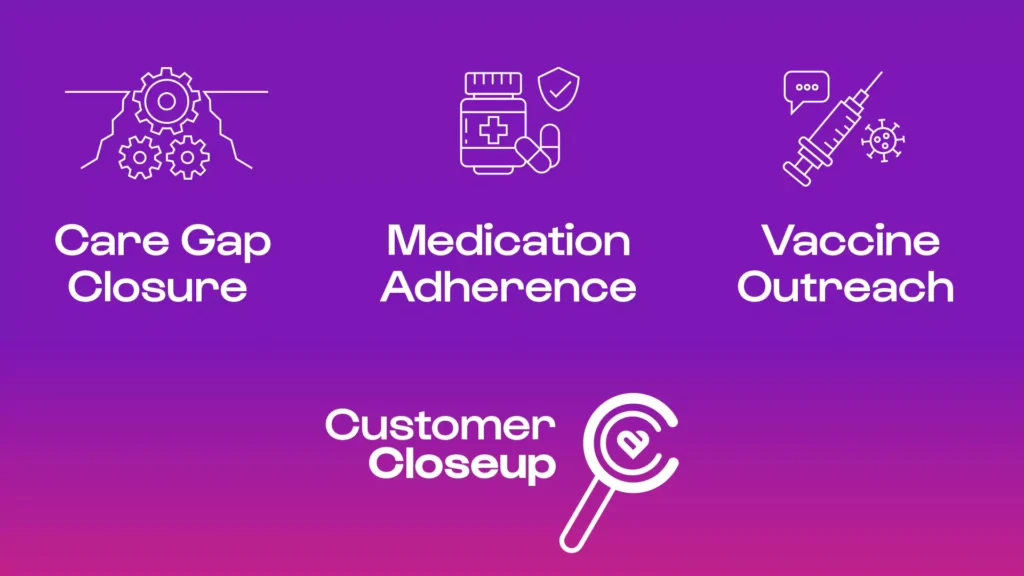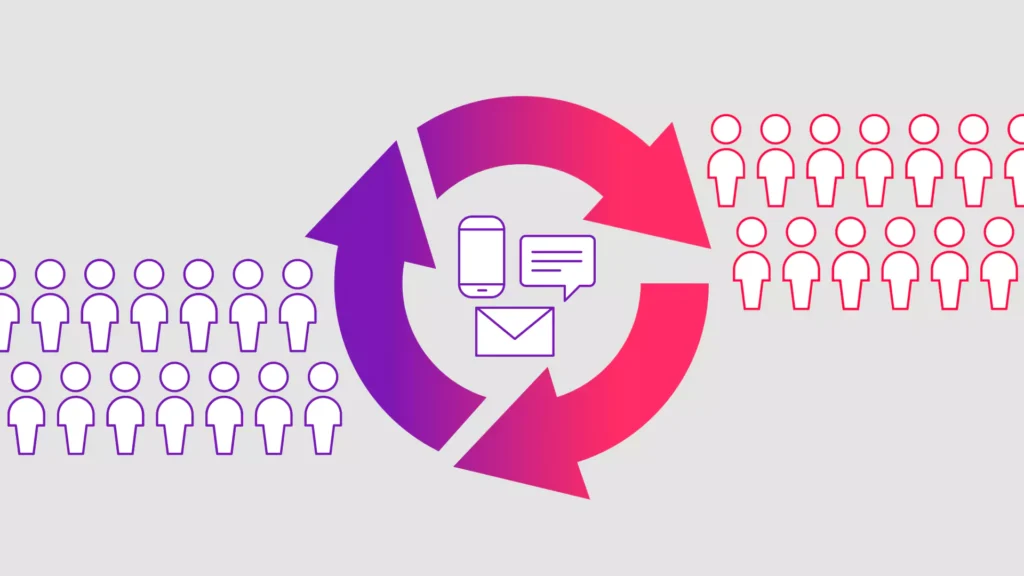Up to 80 percent of patient expectations aren’t met during doctor visits. Digital patient-centered communication is trying to fix that.
The average medical appointment lasts less than 11 minutes. And providers interrupt patients an average of 11 seconds after they begin speaking. Not surprisingly, patient-centered communication takes a back seat and concerns linger past the appointment.
What is patient-centered communication?
Like the name suggests, patient-centered communication correlates with patient-centered care — one of the six elements of high-quality health care outlined by the Institute of Medicine. It aims to “acknowledge the whole person,” similar to the reasoning behind holistic medicine. This includes personality, history, lifestyle choices, and social context. As a result, both patients and providers gain a shared understanding of treatment goals. But how is that possible in just 11 minutes?
Digital patient centered communication
More and more healthcare interactions happen digitally. Removing the personal touch of face-to-face conversations may seem counterintuitive to the reasoning behind patient centered communication — actively engaging patients in their own care. But, it can address all of the unanswered questions that stem from lack of time. Even if they don’t say so during in-person treatment, patients always have questions. To meet this need, many patient interactions now happen electronically outside of appointment times through patient portals and patient-centered communication software. Numerous studies show positive patient communication correlates with higher patient satisfaction, improved health outcomes, and better bottom lines.
A new avenue to connect
A 2017 Patient Education and Counseling study examined the content and sentiment of 193 messages from 58 message threads between patients and providers in a large health system. It found that while digital patient-centered communication had the potential to strengthen relationships, less than half of provider messages used language that would support this. Digital messaging can fill the void of increasingly short appointment times and facilitate communication. For health systems to not get left behind in the technological or customer service race, they need to know how to transfer patient-centered communication from the office to the screen.
Make it easy for patients to open up
Some health concerns are embarrassing to discuss with someone you don’t know personally. But when patients don’t share, providers have a tough time accurately diagnosing illnesses and advising patients. However, research has shown that digital encounters — essentially having a screen as a stand in — help ease shyness and promote openness in patients who may have struggled in in-person healthcare settings. Giving patients the chance to ask questions digitally allows you to clue into concerns unsaid during a normal appointment. For example, if a patient wants to switch cholesterol management medications because of side-effects, use patient-centered communication to gauge personal preferences. Then, ask if the patient has another medication in mind already. If not, facilitate a conversation about finding alternatives that lessen the impact of the side-effect.
Provide context and clarity
Sometimes all patients want is a little context. For instance, patients often ask what their lab results mean. An interpretation may be all they’re looking for. Providing clarity on care management in relation to daily lifestyle choices, such as eating habits, goes a step further toward patient-centered communication that proactively addresses future concerns.
Even digital communication can show empathy
When a patient sends a text message, they deserve an answer fitting of the emotions it contained. For example, if the message shows a patient in distress, they deserve a personalized response. When a patient says, “Help, my mom’s meds aren’t working,” you wouldn’t respond, “Please schedule an appointment by clicking here.” Not very empathetic! Conversational texting enables patients to reach out with real concerns and staff to respond with compassion. It may take an extra few moments, but responding with encouraging and supportive language can make all the difference to struggling patients. In fact, several studies have shown compassion can improve treatment adherence and decrease medical procedure recovery times. There’s no reason this shouldn’t also apply to digital interactions as well.
Patient-centered communication with WELL
At WELL, we believe that technology can revolutionize patient communication for the better. Our conversational messaging platform gives patients a voice in their care while creating lasting connections between health systems and their patients. ♥



